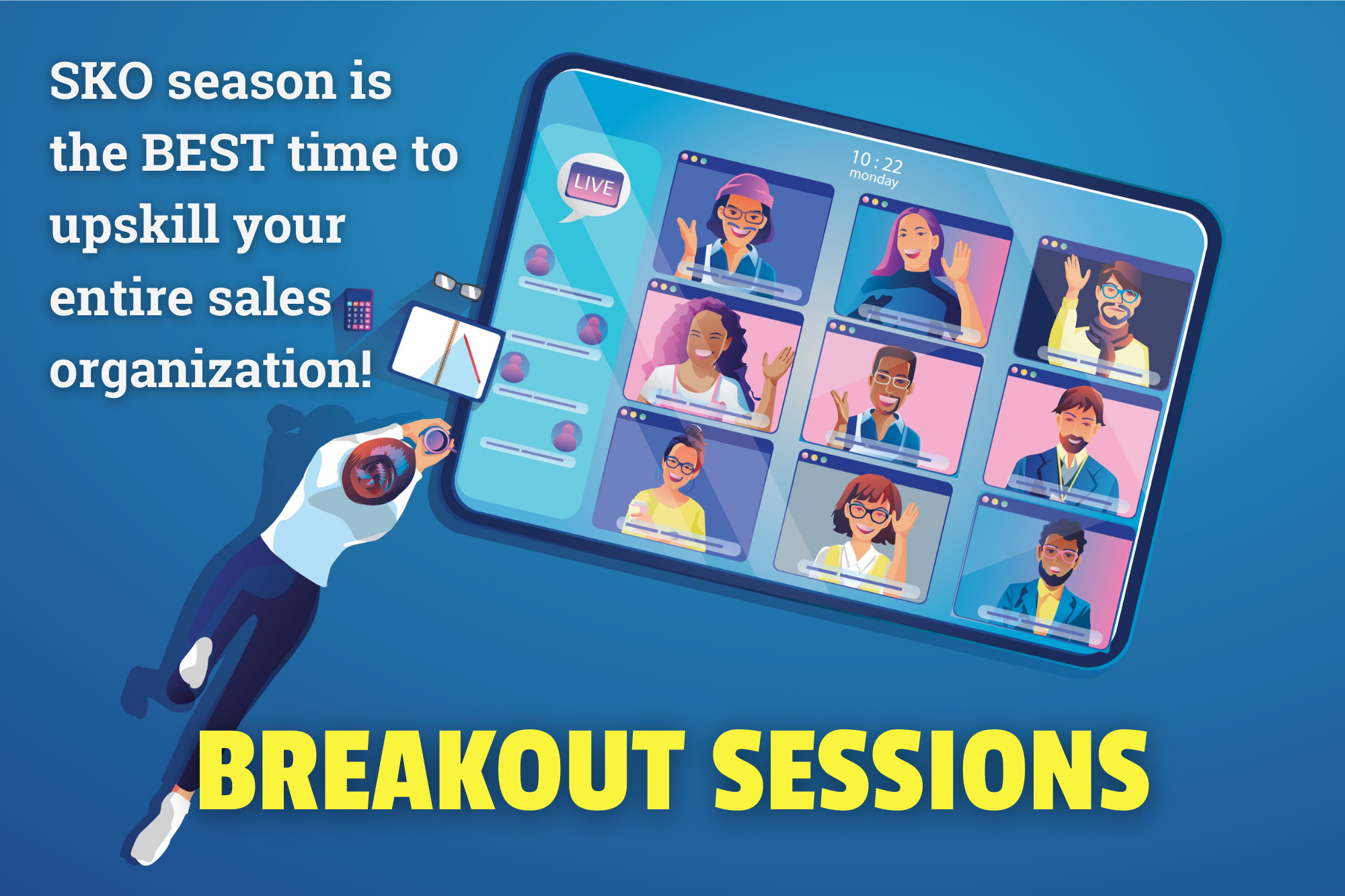Is Video Making Your Sales Team Lazy?
Sales video content is an amazing tool that we here at 2Win! use ourselves, albeit with one major caveat: a sales rep always has to be manning the...

 Creating measurable, granular sales goals and tracking progress towards meeting them is one of the most transformative changes you can make. However, even organizations that do set goals often fail to set goals effectively. Anyone can announce a goal. Knowing how to set properly structured goals and implement practices that work towards them separates those who achieve their goals from those who don’t.
Creating measurable, granular sales goals and tracking progress towards meeting them is one of the most transformative changes you can make. However, even organizations that do set goals often fail to set goals effectively. Anyone can announce a goal. Knowing how to set properly structured goals and implement practices that work towards them separates those who achieve their goals from those who don’t.
As famed sales and motivational guru Brian Tracy writes in his book, The Psychology of Selling: "In every study, the quality of goal orientation seems to be associated with high levels of success and achievement. The highest paid salespeople know in advance how much they are going to earn each week, each month, each quarter, and each year. They know how many calls they will have to make to achieve a particular level of sales, and they have clear plans about what they are going to do with the money they earn.”
In other words, setting purposeful large goals and then breaking them down into smaller goals and then breaking those down into actionable practices helps the best achieve what they do. Read on for tips on how to set these goals effectively and follow through with them through smart, effective strategy.
Sports metaphors may be overused in the business world, but they happen to be the most appropriate metaphor for goal-setting. Not only do professional athletes have literal goals to score, they also set out to achieve specific performance targets as markers of success.
Firstly, athletes usually do not set vague goals. They do not just say “we will win more games than any other team,” or “we will be the champions in our league this year.” While they may aspire towards general goals like these, they set more realistic, manageable goals to build up to that point. They also only account for things they can control since even the most talented sports team can never prepare for an opponent that has a breakaway season.
So, the first thing to co-opt from athletes would be to set goals according to the ABCs: Goals must be Achievable, Believable and something the athlete can Commit towards. Here are few examples of specific, achievable goals versus non-specific, aspirational goals:
Set goals like these in writing, and make sure they have distinct measures of success/failure to work towards.
Each larger goal for both an athlete or sales rep is made up of smaller achievements that can be accomplished through routine and practice.
For basketball athletes trying to score more points, they can work on their field goal percentage at the free throw line, at the three-point line and through various approach drills. They can set a goal to sink 60 percent of their shots during practice. This goal, too, can be broken up into actions or time durations: e.g. “I will spend 30 minutes every day this week practicing shot accuracy OR I will shoot 30 free throws in a row each practice before taking a break.”
For sales reps, they can also break down big goals in this way. If they want to close a higher percentage of customers during a week, they can:
Smaller activity-based goals have distinct outcomes that the rep has control over. They are either achieved or not, and the rep has to muster the willpower and determination to meet them.
As you and your staff work towards large goals through smaller ones, your team should regularly take a second to analyze your process and adjust your strategy as needed. In these sessions, you can either confirm or adjust your overall strategy along with the granular activity goals that build up to your overall target.
Individually, everyone on the team should regularly ask themselves if they are taking on the mindset needed to achieve a goal. Say, for instance, that someone knows they only half-heartedly engage in role play exercises. They can ask:
In the process of asking questions like these, the rep imagines how they might achieve their goals through visualization. Essentially, they rehearse how they might do something in their mind, preparing them for the actual thing. They also imagine challenges they might encounter and develop strategies for overcoming these challenges.
Coaching experts call this type of practice “visualization.” A study of basketball players found that those who mentally practiced free throws through visualization for 30 days but did not touch a basketball improved just 1 percent less than the control group who actually practiced real free throws.
By combining visualization with actual drills, sales reps can subconsciously prepare for the exact steps they need to take and have their mind set on a winning outcome. That change — knowing how you are going to achieve your goals — is the real difference between those that succeed or fail.

Sales video content is an amazing tool that we here at 2Win! use ourselves, albeit with one major caveat: a sales rep always has to be manning the...

Part 1 and Part 2 of this series revealed our secret ingredients for successful SKO keynote speakers and SKO soft-skills training sessions. We...